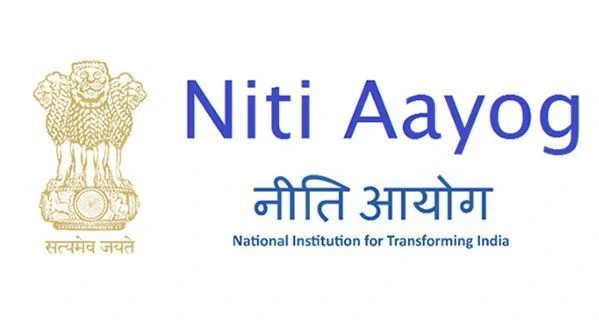NITI Aayog: 24 Crore people out of Multidimensional Poverty; UP Leads the way
NITI Aayog's recent report indicates that India is on track to achieve single-digit poverty levels by 2024

In a groundbreaking revelation, a new discussion paper from NITI Aayog, released on January 15, highlights India’s extraordinary success in reducing multidimensional poverty from 29.17% in 2013-14 to a mere 11.28% in 2022-23. The Modi government’s concerted efforts in addressing basic services have led to 24.82 crore people moving out of the multidimensional poverty bracket during this period.
The multidimensional poverty index, employed by NITI Aayog, assesses deprivations across health, education, and standard of living domains through 12 sustainable development goals-aligned indicators. These include factors like nutrition, child and adolescent mortality, maternal health, years of schooling, school attendance, cooking fuel, sanitation, drinking water, electricity, housing, assets, and bank accounts.
State-Level Achievements: Uttar Pradesh Leads the Way
At the state level, Uttar Pradesh emerges as a frontrunner, with 5.94 crore people successfully escaping poverty. Bihar follows closely with 3.77 crore individuals and Madhya Pradesh with 2.30 crore. The positive strides in these states contribute significantly to the national decline in multidimensional poverty.
NITI Aayog’s Perspective and Future Goals
NITI Aayog member Ramesh Chand addressed the media, emphasizing that the annual escape of 2.75 crore people from multidimensional poverty reflects the government’s commitment to uplift its citizens. The ultimate goal, as stated by NITI Aayog CEO BVR Subrahmanyam, is to bring multidimensional poverty below 1%, and extensive efforts are being made in that direction.
The paper anticipates that India is on track to achieve single-digit poverty levels by 2024. The accelerated rate of decline in multidimensional poverty between 2013-14 and 2022-23 is attributed to numerous government initiatives and schemes targeting specific deprivation aspects.
Sustainable Development Goals on the Horizon
Remarkably, the report suggests that India is likely to achieve Sustainable Development Goals (SDGs) 1.2, which aims to reduce multidimensional poverty by at least half, well ahead of the 2030 deadline. The positive momentum is attributed to a combination of strategic planning and the implementation of various government programs.
Data Challenges and Methodology
The report acknowledges challenges related to data availability, particularly for the years between 2005-06 and 2015-16 and post-2019-21 concerning poverty levels. To bridge this gap, the headcount poverty ratios for 2013-14 and 2022-23 have been estimated based on the compound growth rate of poverty reduction between 2005-06 and 2015-16 and 2015-16 and 2019-21, respectively.
India’s remarkable success in reducing multidimensional poverty signifies a transformative journey, with the Modi government at the helm. The concerted efforts, as outlined by NITI Aayog, have not only lifted millions out of poverty but also positioned the country on the path to achieving Sustainable Development Goals well ahead of the global timeline. The future looks promising as India aims to push multidimensional poverty below 1%, marking a significant milestone in its socio-economic progress.
You might also be interested in What is Uttar Pradesh’s Grand Vision for 2036 Olympic Games?



